The Pen and Paper Years
In 1984 a group of eminent rheumatology clinicians from different centres in the UK formed a group known as the British Isles Lupus Assessment Group, or BILAG as it is commonly known today. Most of the founding members are still active in the group, and many have gone on to become professors, specialising in lupus.
In 1988 their collaboration resulted in the first version of the BILAG Index. This was developed using a nominal concensus approach. Unlike other disease indices, which were simply based on whether activity was present or not, the BILAG Index was more sensitive, and by using the principle of the physicians intention to treat, could differentiate between improving and worsening disease activity, and whether the activity was new or recurrent. The 86 items were devided into eight bodily systems. Each item was graded by severity, in such a way that depending on the level of activity, and the severity of the item, each item would contribute differently to an A, B or C score for activity, in it's respective bodily system. E was scored if there was no activity, but D was scored if there was no current activity but the disease had been active in the bodily system previously. The BILAG Index was clinically validated by the group and shown to have good between-rater reliability, and to be valid when compared to the gold standard criterion, i.e. starting or increasing disease modifying thereapy. Further validation of the BILAG index showed that disease activity in the different bodily systems in SLE does not follow a common pattern. This validation study highlighted the importance of assessing patients' individual bodily systems rather than a global/overall score as found in other indices. The combination of the increased sensitivity of the BILAG Index and its ability determine activity in individual bodily systems, led the study to recommend that BILAG components, rather than total score, be used as the primary endpoint in clinical and epidemiological studies. In 1993 a revised version of the BILAG Index was published but uptake in clinics was slow, due to the complexity and nuances of the scoring system.
The Classic Years
In 1995, ADS were approached by BILAG and invited to collaborate in making a standardised scoring tool and database for lupus patient assessments. There was no funding available, but ADS recognised the need for such a clinical tool and agreed the exclusive rights to the commercial use of software version of the tool, in exchange for its development. While ADS recognised the need for the tool, they failed to appreciate the complexity and nuances of the BILAG index, which were not documented ! Two years later, in 1997, the first BILAG software, BLIPS (the British Lupus Integrated Prospective System) was released. The initial version contained the BILAG index and released to the BILAG group. Over the next few years versions 2 and 3 followed adding Selena SLEDAI, SLAM-R (simpler activity indices); SLICC for SLE Damage assessment), and SF36 (for Quality of life). BILAG was also revised to correlate with the 1997 publication.
In 1999 ADS became ADS-Limathon, and BLIPS Version 3 moved from the desktop environment to client-server LAN architecture. By 2000, through the availability of BLIPS, the BILAG Index had recieved international notoriety, and in this year the BILAG group published their final version of the original BILAG Index (BILAG 2000) or "Classic BILAG" as it has since become known. It was another two years before the BILAG 2000 index was developed and validated in software form and released in BLIPS v4 in 2002. By this time the BILAG authors were already working on a completely redesigned BILAG Index.
By 2004, clinical trials were adopting BILAG 2000, collecting paper forms, and double-keying the data centrally and using the network version of BLIPS v5 to calculate the BILAG scores.
The BILAG 2004 Years and i-BLIPS
BILAG 2004 was a completely revised BILAG Index, overhauled to incorporate the clinical knowledge gained from the previous ten years. The new BILAG 2004 was incompatible, both clinically and technically, with regards to Classical BILAG. The principle of assessment remained the same, (physicians intention to treat) but the bodily systems were changed and expanded from eight to nine. The items contained in each system were different, the scoring rules for items were changed, and a new glossary was developed. BILAG 2004 was originally published in 2005, but has been revised in 2006, 2009, 2011 and 2012. (Note: not all the scoring revisions are published !).
BILAG 2004 (06) was the first version of the new BILAG Index to be released in BLIPS. This BILAG release co-incided with a revolutionary (at the time!) development in BLIPS architecture. In 2007 BLIPS version 6 moved off the LAN server onto an enterprise hosting environment, and it became internet enabled. i-BLIPS was borne !
i-BLIPS used a central application written in Java, accessed via the internet, and stored on an enterprise class hosted server in a secure enterprise-class data warehouse. No more software installations, no more upgrades, no more reliance on in-house IT. If you had an internet browser and an internet connection you could access i-BLIPS. Not just your own clinic's data, but you could also participate in clinical studies, and pharma trials with just an authenticated log-on.
With the maintenance and support all being centralised, ADS-Limathon devised an archicture strategy which allowed all users to access the latest developments, or have them disabled. This allowed rapid expansion from 5 Lupus Indices to cover other related diseases such as Arthritis and Myositis, and to include generic indices for QOL, Anxiety, Depression, to name but a few. BLIPS now has over 40 clinical indices to choose from. While hospitals and clinics benefitted from a variety of indices at their single clinics, BLIPS was expanding in other directions too. The internet enablement facilitated use by huge clincal trials, those who wanted to use, one index, ie BILAG, around the world in hundreds of sites. As this became more prevalent it highlighted the need for more a more consistent approach to training and understanding of the nuances of BILAG assessments.
In 2011, BILAG and BLIPS moved from Java onto a more graphically enabled Microsoft Silverlight environment. BLIPS v6 became known as SilverBLIPS. This migration to Silverlight facilitated the development of BLIPS Certify, online training and certification for the BILAG Index. Working closely with the BILAG Group, ADS-Limathon dveloped an audited online training system, and online test system to improve, not just the level of understanding of the assessment technique, but equally importantly, the standardisation of the training. This system is now in use around the world, in clinical trials and in hospitals and clinics.
In 2015, with Microsft Silverlight's longevity beyond 2020 in question, ADS-Limathon decided to move the software architecture to HTML5. It became clear to ADS-Limathon that original BILAG concept of software for the individual clinic was no longer the driving force. BILAG was being used by clinics, academic studies and by clinical trials. Each had different roles for the users. Clinicians needed a different view from their data entry staff, CRA's needed a view on multiple sites, CRO's need reports on missing data and queries, data analysts needed extracts, study managers needed to add new sites and countries - it was time for a rethink !
BLIPS 8 marked the launch of a new modular version of BLIPS. BLIPS Entry module for the data entry staff, BLIPS Analysis for clinical staff, BLIPS quality for CRA's and CRO's, BLIPS Dashboard for the study managers, BLIPS Extract for the data analysts. User roles access gave access to different modules, and custom profiles could be assigned to individual users as necessary,
BILAG Today
In 1996, the original BLIPS™ product was released , as desktop software, exclusively for two UK lupus centres. Their early data was imported and validated. These two clinics now have over 40,000 BILAG patient assessments going back 30 years, all stored in BLIPS
Over the course of the last 20 years, BLIPS has iteratively evolved into software-as-a-service. It is now a complete hosted system, based in a data warehouse in the UK, and hosted on secure dedicated physical servers, BLIPS 8™ is currently accessed by over 3000 users, at 1177 clinical sites in 43 countries. BLIPS manages over 250,000 clinical assessments of 6200 patients worldwide. And all of them scored consistenlty by the same software algorithm.
Footnote
Back in 1987 the original BILAG questionaires were calculated manually, in the clinicians applying the scoring rules in their head. When the software was introduced in 1996, 12,000 assessments were rescored electronically. Initially around 40% of previously aquired data was found to give a different score, when scored electronically. Every one of these deviations had to be investigated. Upon completion, it was found that 15% were down to programming errors - misinterpretation of the BILAG Rules by programmers, the other 25% were down to incorrect manual calculations, by the clinician, who was an expert in BILAG. There are two important lessons in this text. Firstly, calculating BILAG manually should never be attempted, not even by an expert, and secondly writing a computer program based on BILAG documentation alone is impossible. Today BLIPS is the only system in the world validated by the BILAG group to give the correct scores in all situations. If you wish to refer to BILAG in a clinical study the BILAG Group will insist that you use BLIPS, to ensure validity, and facilitate adjudication. Please respect the work of the BILAG Group and use the official BILAG software.
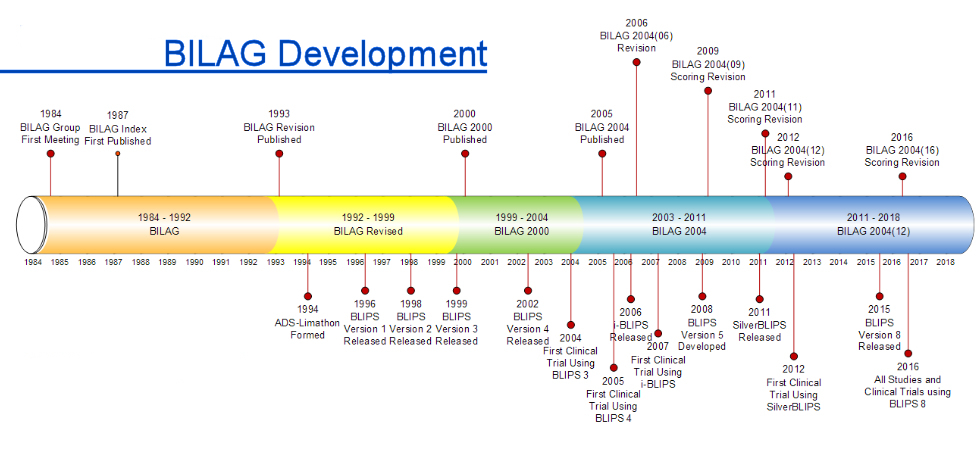


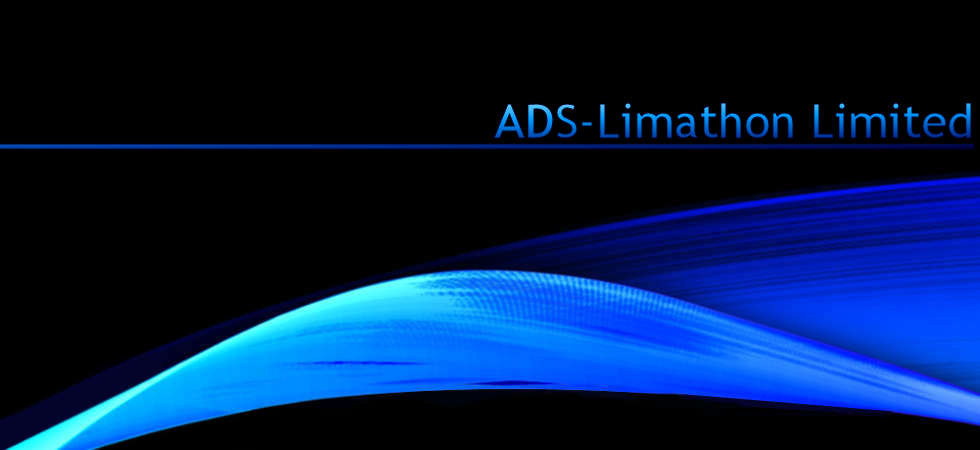
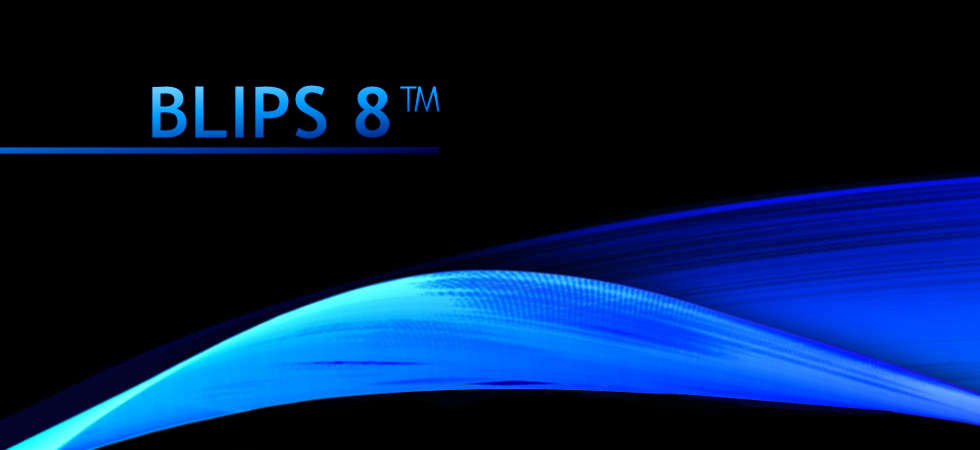
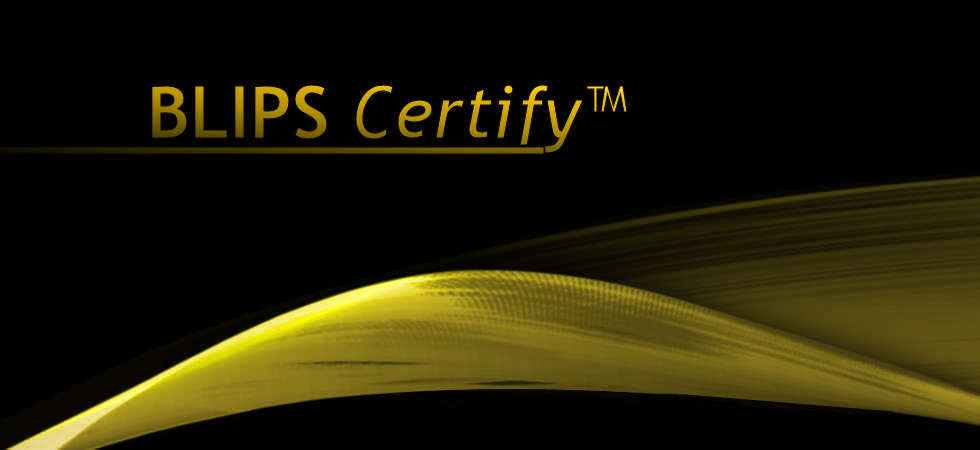
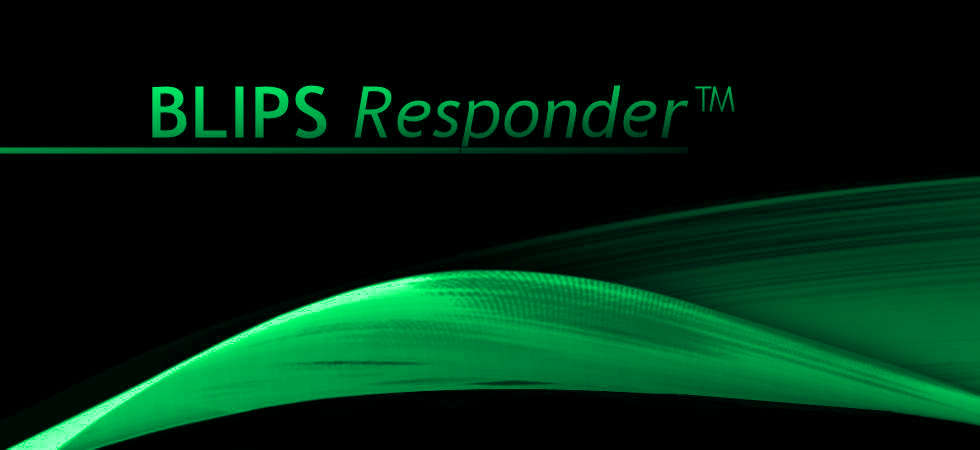
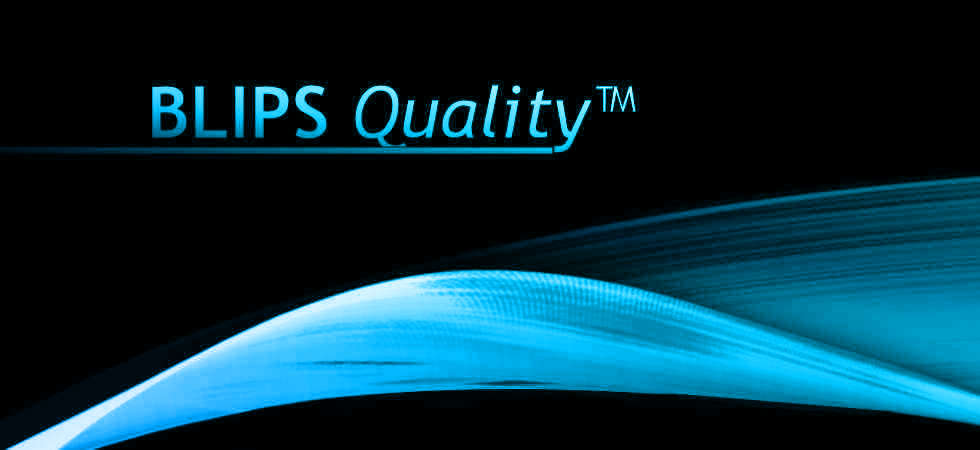
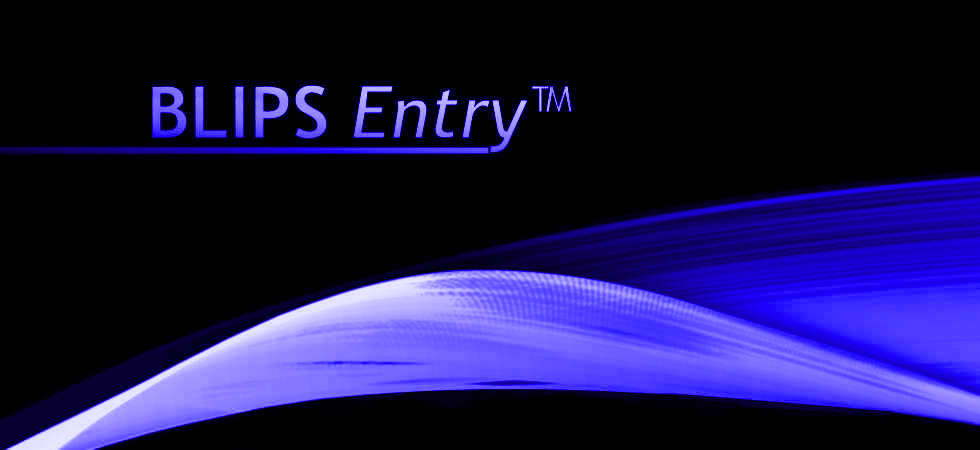
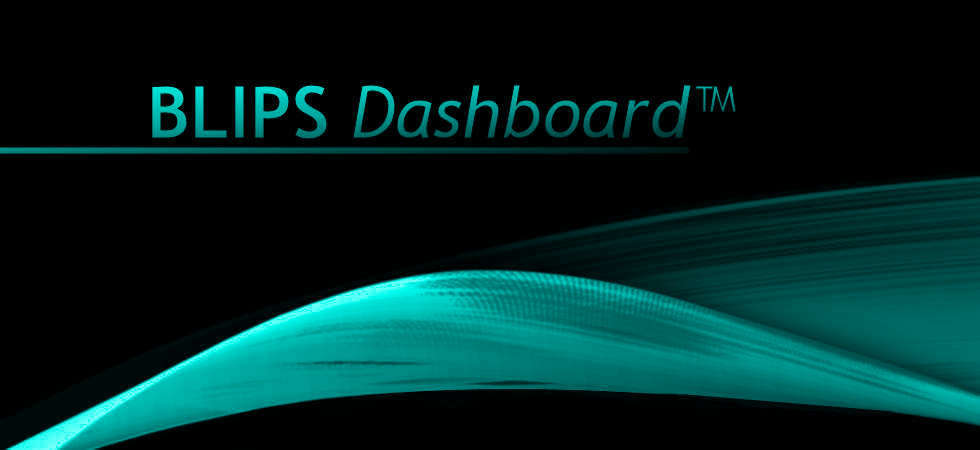
 1
1
 2
2
 3
3
 4
4
 6
6
 7
7
 8
8
 9
9
 10
10